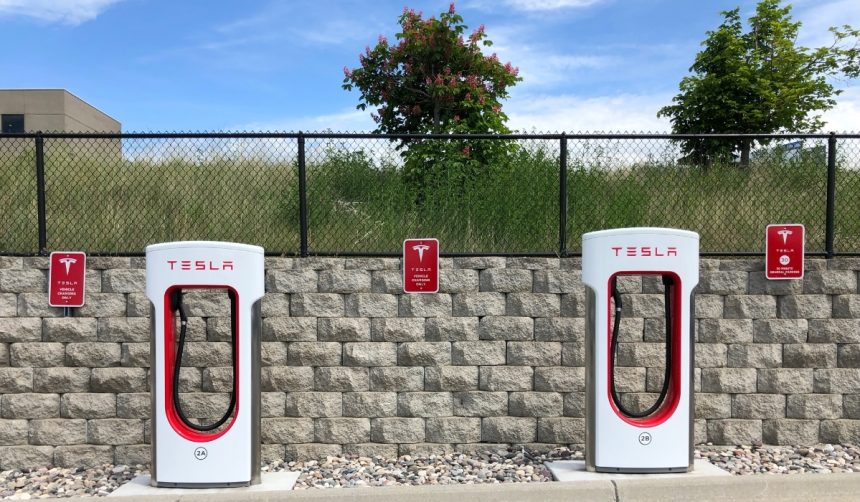A series of high-level departures at Tesla has cast uncertainty over the company’s future strategy, particularly as the Cybertruck grapples with persistent recalls and declining consumer demand. Leaders who shaped Tesla’s electric vehicle (EV) lineup, including Siddhant Awasthi and Emmanuel Lamacchia, recently announced their resignations. As Tesla navigates these changes, it must also contend with shifting political associations and a customer base that is showing signs of fatigue. Some industry watchers speculate that Tesla’s recent moves may be intended to regain ground in an increasingly competitive EV market, while others point to internal instability as a key concern for the brand’s reputation moving forward.
Departures of key figures such as Awasthi and Lamacchia follow a pattern seen at Tesla previously, though earlier exits did not coincide with such pronounced commercial setbacks for critical products like the Cybertruck. Earlier discussions in EV forums and financial press included optimism about Cybertruck’s potential, with fewer concerns raised about its long-term feasibility. Over time, attitudes have shifted as recalls multiplied and sales underperformed, highlighting a more challenging reality for Tesla’s vision in the pickup truck segment.
Who Has Left Tesla’s Leadership Team Recently?
Two of Tesla’s senior engineering and program management leaders, Siddhant Awasthi, who led the teams behind the Cybertruck and Model 3, and Emmanuel Lamacchia, responsible for the Model Y, departed after eight years at the company. Both confirmed their exits via LinkedIn, but neither specified reasons for their decisions. Awasthi reflected on his time with Tesla by saying,
“It wasn’t an easy decision given the exciting growth on the horizon.”
Lamacchia, similarly, expressed mixed feelings about moving on after nearly a decade with the automaker.
What Has Fueled Recent Struggles with the Cybertruck?
Since its 2023 debut, the Tesla Cybertruck has faced several challenges, including two recalls this year. Recalls addressed exterior panel issues and overly bright headlights, affecting tens of thousands of vehicles. Tesla also ended sales of the base model due to low demand, signaling a divergence from initial expectations. These engineering and safety concerns have weighed on broader consumer perceptions of the Cybertruck. Declining interest has prompted Tesla dealers to explore short-term rental offerings for the pick-up in an attempt to offset lagging sales.
How Do Political and Financial Factors Affect Tesla’s Performance?
Tesla’s market performance has intertwined with CEO Elon Musk’s public persona and political affiliations. The Cybertruck, sometimes called the “MAGAmobile” and “Deplorean,” has become emblematic of Tesla’s shift within U.S. political culture after Donald Trump’s reelection. The company’s financial reports show four consecutive quarters of declining profit, despite increasing overall sales. Reduced demand combined with expiring federal tax incentives led to a 63 percent drop in Cybertruck registrations year-over-year during the third quarter. Regarding the company’s ambitions, Tesla leadership stated,
“There’s exciting growth on the horizon as we look to expand beyond EVs.”
Tesla’s simultaneous pursuit of new goals, such as plans centered on artificial intelligence, comes as its EV division faces mounting obstacles. Market analysts will be monitoring whether the brand’s focus on innovation and ambitious compensation plans can counteract the effects of talent loss, political controversies, and technical setbacks. It remains to be seen if Tesla can stabilize its leadership ranks and regain momentum in the competitive EV market, as the company aims to reach a targeted market capitalization of $8.5 trillion by 2035. For EV buyers and investors alike, closely watching how Tesla navigates these headwinds could offer insight into the next phase of the electric vehicle industry.








